All Android telephones have quick charging inbuilt, however not all requirements are created equal. Whereas a number of manufacturers depend on USB’s normal Energy Supply, Chinese language producers use their very own tech as a substitute, delivering considerably increased charging speeds on their telephones.
OPPO’s SuperVOOC is the business chief on this space, with the model capable of push battery charging to as a lot as 240W. That is an outlier, however on most OnePlus and OPPO telephones accessible right this moment, you will see 65W and 100W charging as normal, permitting these units to totally cost their batteries in beneath half-hour.
To place that into context, Samsung makes use of 45W charging on the Galaxy S24 Extremely, however the machine takes over 60 minutes to cost the battery — greater than twice so long as the OnePlus 12. The most effective half is that you aren’t getting any downsides to 100W quick charging; I used OnePlus and OPPO units based mostly on the 100W tech for 3 years now, and long-term battery degradation is according to different telephones.
So this is every little thing you might want to know concerning the SuperVOOC charging normal — the way it advanced through the years, the way it works within the newest units, and the way it’s completely different to different quick charging options.
Evolution of quick charging
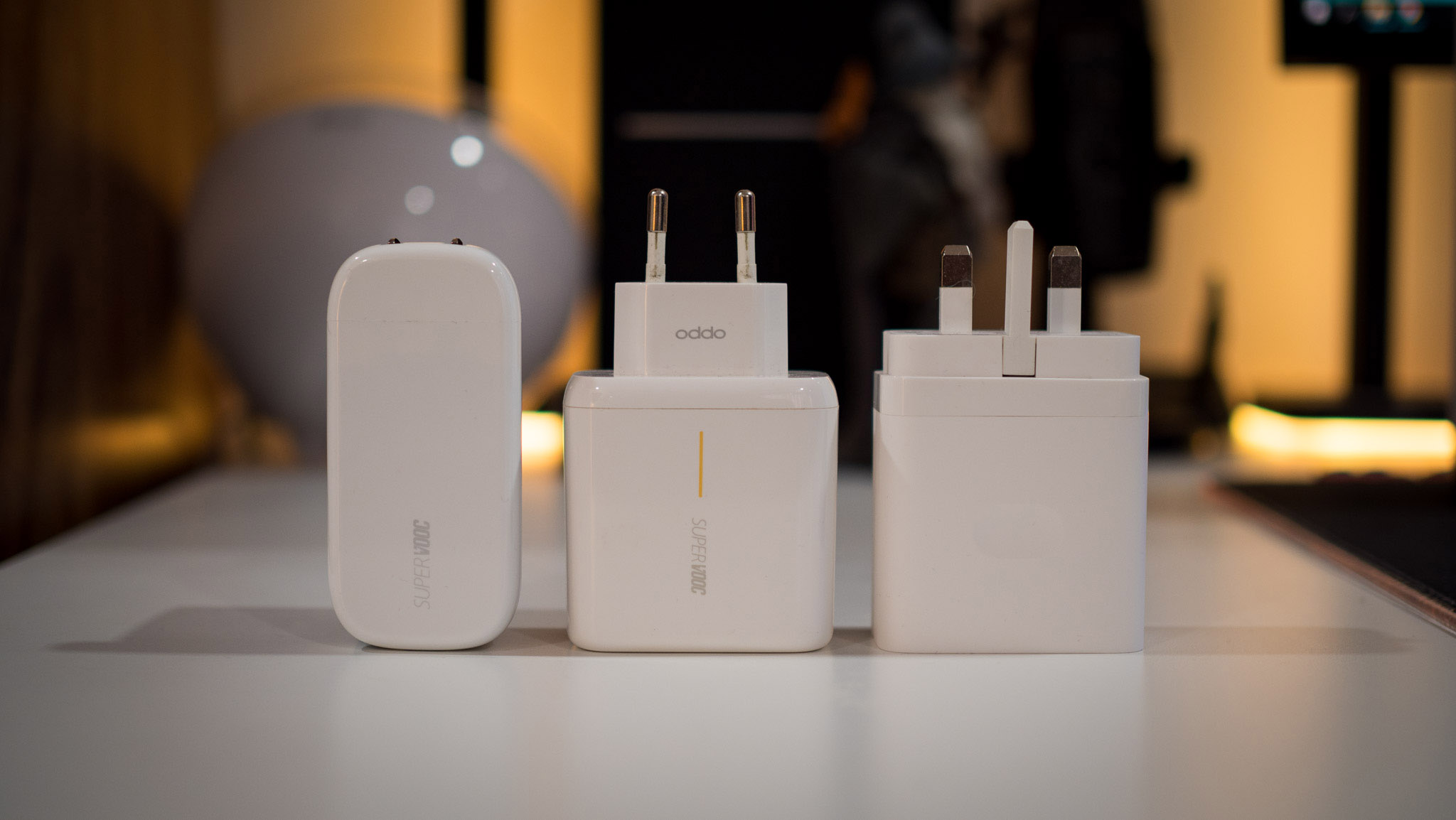
OPPO launched its VOOC charging tech again in 2014, and if you happen to’re curious, it’s an abbreviation of Voltage Open Loop Multi-step Fixed-Present Charging. VOLMCCC does not fairly have the identical attract, so OPPO shortened it to VOOC. Within the early days, the usual went as much as 20W (5V/4A), permitting units on the time — just like the OnePlus 6T — to cost as much as 60% in simply 35 minutes, a sizeable achievement.
Then got here SuperVOOC in 2006, going as much as 50W by pushing 10V at 5A, however not many units used this normal. The most important improve got here in 2019 with the debut of VOOC 3.0, which made 30W charging normal throughout most OnePlus and OPPO units. The tech switched to 5V/6A to ship quicker charging, with units just like the OnePlus 7T going as much as a 70% cost in simply half-hour.
The following evolution occurred in 2020 with SuperVOOC 2.0, which launched the 65W normal that is nonetheless in use right this moment. It moved the charging tech to ship 10V over 6.5A, introducing the flexibility to totally cost units in beneath 40 minutes. Once I examined the OnePlus 8T that yr, I noticed that the battery charged in simply 38 minutes, a file on the time.
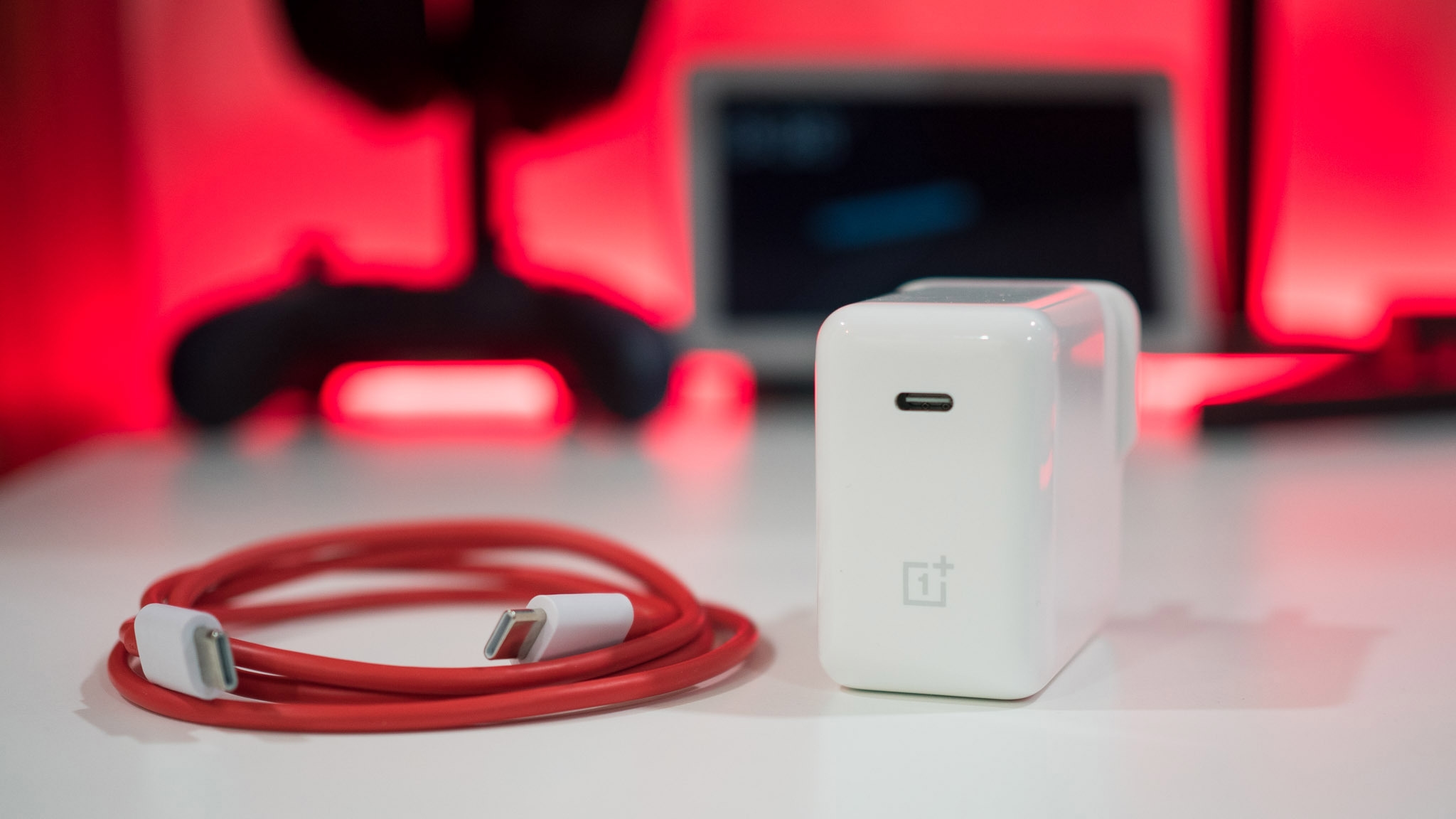
OnePlus used OPPO’s charging tech from the very starting, however as a result of it was arrange as a standalone entity, it modified the moniker. The 20W normal was referred to as Sprint Cost, and with the change to 30W got here Warp Cost. And when 65W charging grew to become accessible, the producer went with Warp Cost 65.
There was a by-product of this — dubbed the 65T — on the OnePlus 9 Professional, which allowed the machine to take care of a sustained voltage for an prolonged length, and it unlocked a full cost in beneath half-hour. The most important benefit to the SuperVOOC normal is that it does not overheat your machine; that is as a result of many of the charging circuitry is constructed into the wall unit.
This is the reason you possibly can solely get the quoted charging speeds solely once you use a SuperVOOC charger; whereas USB PD additionally has 65W charging, the voltages are completely different, so you aren’t getting the identical advantages.
How does SuperVOOC work?
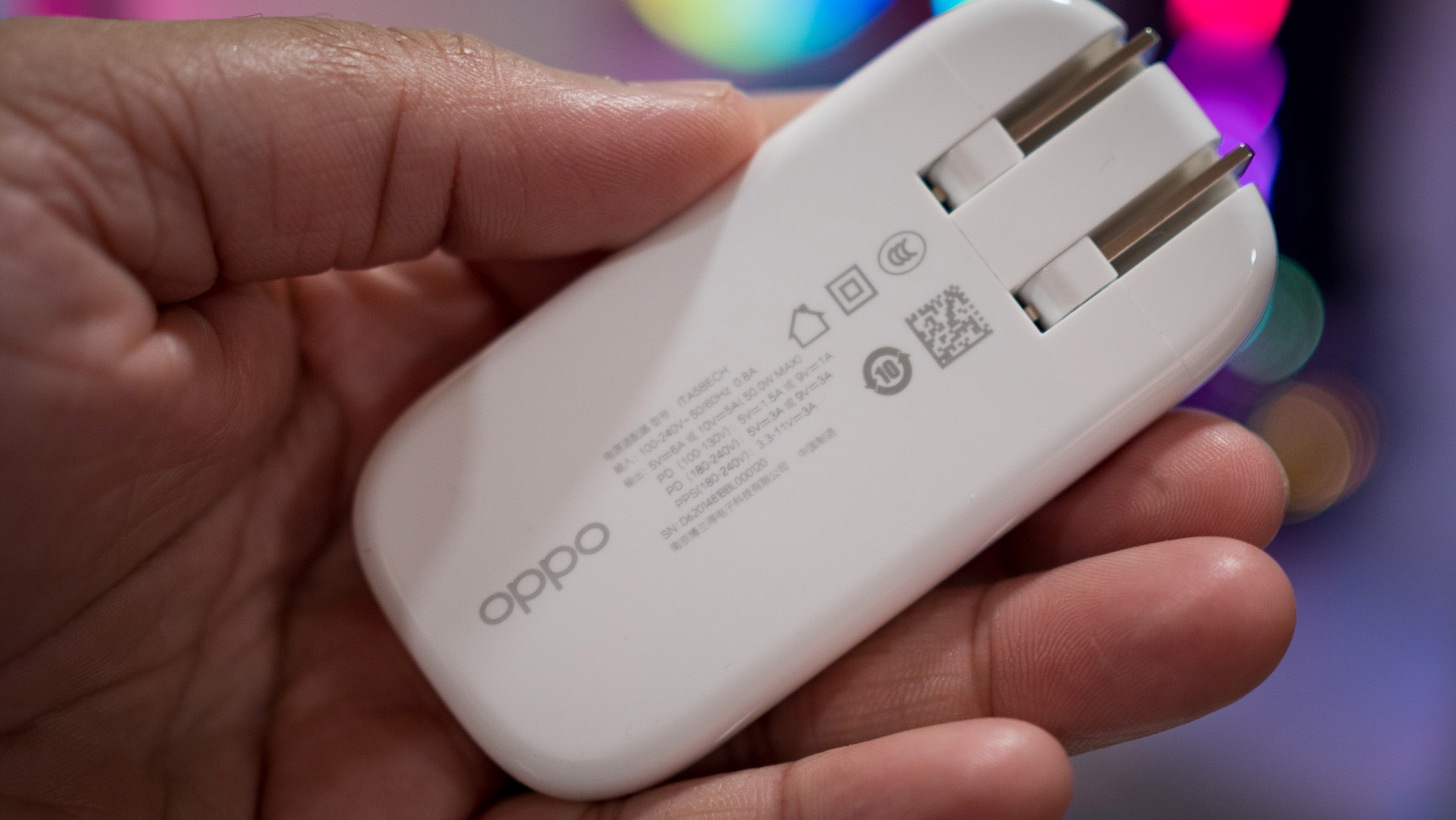
An ordinary smartphone battery is very reactive, which is why cellphone corporations have a number of safeguards constructed into the charging circuitry. Lithium-Ion batteries are ready to absorb extra energy initially, tapering out because the cost builds. It’s on this precept that quick charging works.
Qualcomm’s Fast Cost know-how delivers a better voltage to the battery to expedite charging time. Fast Cost 5.0 is absolutely compliant with the USB-C Energy Supply (PD) spec, and whereas some producers like ASUS use Qualcomm’s resolution, most manufacturers have converted to USB PD as a substitute.
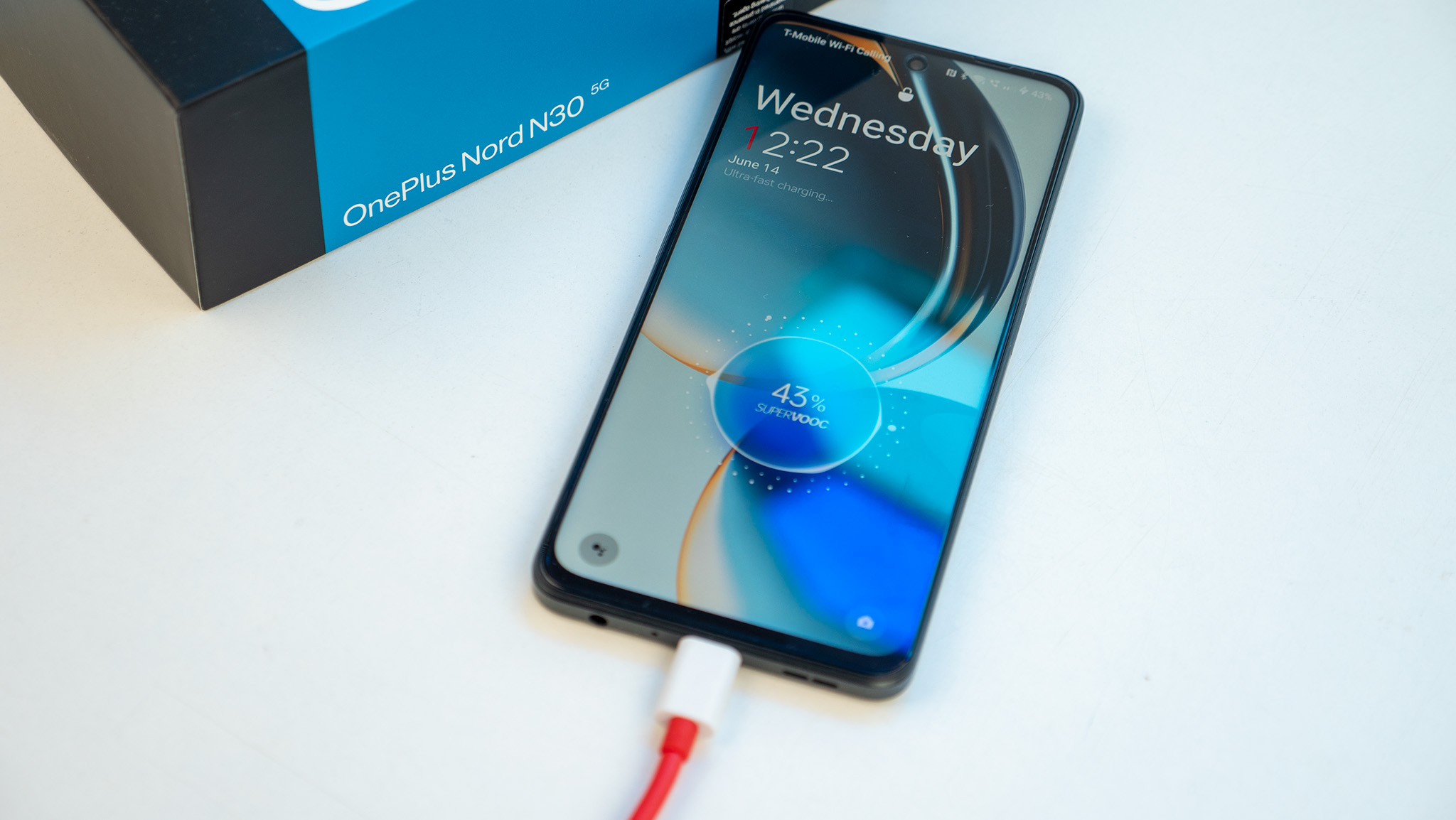
Samsung, as an example, switched to USB Energy Supply’s Programmable Energy Provide (PPS) spec beginning with the Galaxy Observe 10 sequence, providing 45W charging. That is nonetheless the case on its newest units, however most of its mid-range telephones nonetheless use a 25W normal.
SuperVOOC’s differentiation comes by the use of utilizing a dual-cell battery; the OnePlus 12 has a 5400mAh battery, however it’s made up of two 2700mAh cells. This fashion, the 100W cost is break up over each batteries on the identical time, permitting the machine to cost in beneath half-hour.
The important thing distinction between SuperVOOC and different charging requirements is that whereas USB PD makes use of increased voltages to cost batteries, OPPO as a substitute focuses on delivering a better amperage. As an illustration, USB PD pushes 20V at 3.25A to ship 65W to units, whereas SuperVOOC delivers 10V at 6.5A to realize 65W. However as a result of all of the related circuitry is within the wall unit, you will get all the benefits of quick charging with none of the downsides (overheating).
SuperVOOC 100W: Charging your cellphone in half-hour
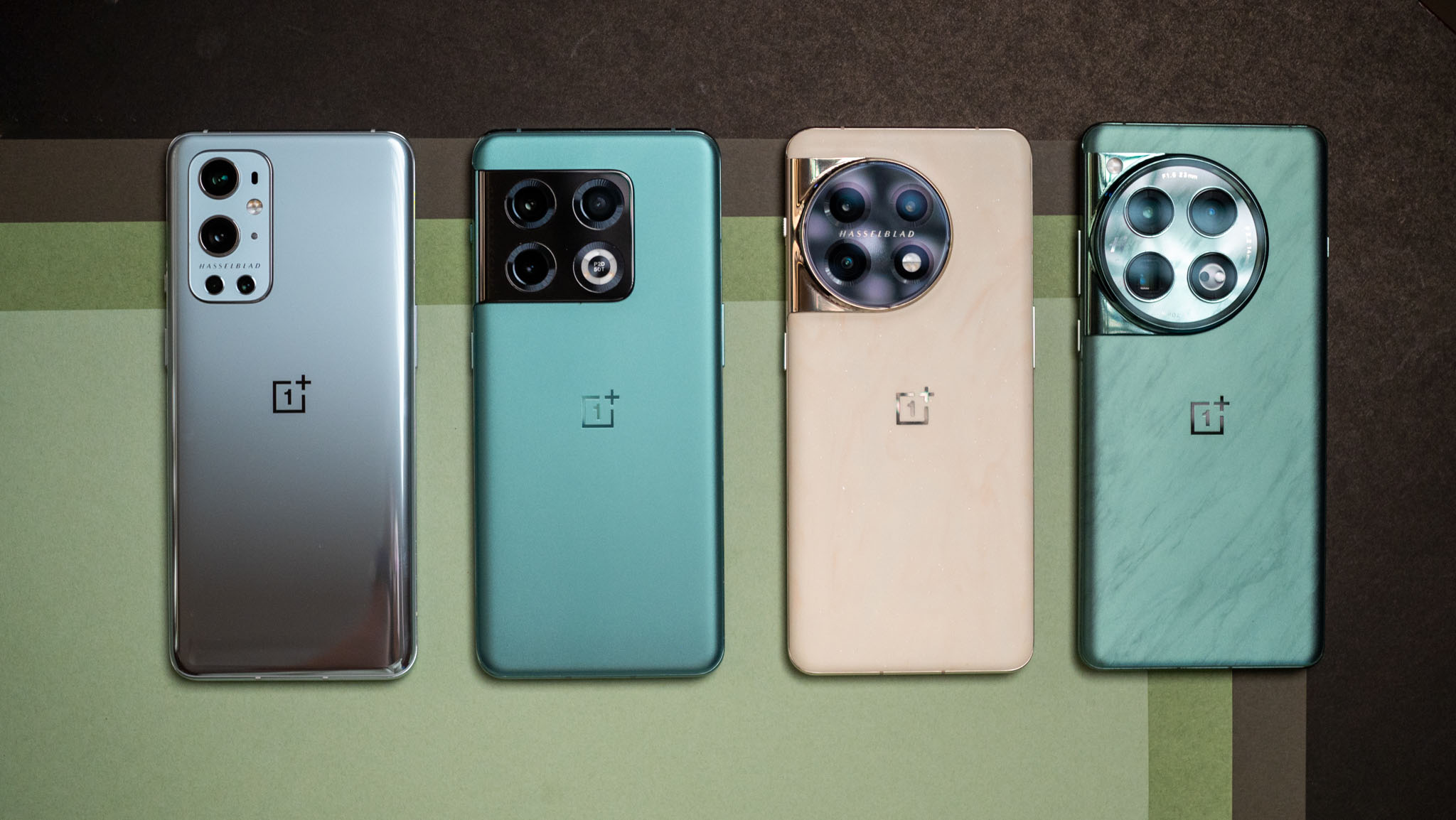
One of many foremost advantages of SuperVOOC is its capability to maintain temperatures low whereas charging. The quick charging possibility permits you to watch movies or play video games whereas the cellphone is charging, with no web drop in speeds. That is not the case with different charging options, as the upper voltages invariably result in the cellphone reverting to regular speeds to forestall overheating.
With SuperVOOC 100W, you possibly can simply cost a cellphone battery in beneath half-hour, and it’s a confirmed know-how by this level — I used it on dozens of telephones. There’s additionally a SuperVOOC 150W normal, however that was accessible on only a few units, and whereas OPPO showcased SuperVOOC 240W as nicely, it is not sensible on its flagships.
Like different charging requirements, SuperVOOC takes greater than twice as lengthy to go from 50% to a full cost, and that is to forestall injury to the battery (and extra importantly, you), with the wall charger limiting output after hitting 70% and going even decrease after reaching 80%. With the OnePlus 12, the cellphone goes as much as 72% in simply quarter-hour, however takes an extra quarter-hour to go the remainder of the 28%.
The devoted microcontroller unit contained in the cellphone always displays the cost stage to find out the specified amperage to be delivered. This can be a good factor, as a result of it ensures that every little thing does not burn down once you plug your cellphone in in a single day. In fact, the primary draw back is that you will want to make use of OnePlus and OPPO’s bundled chargers to get the complete charging potential.
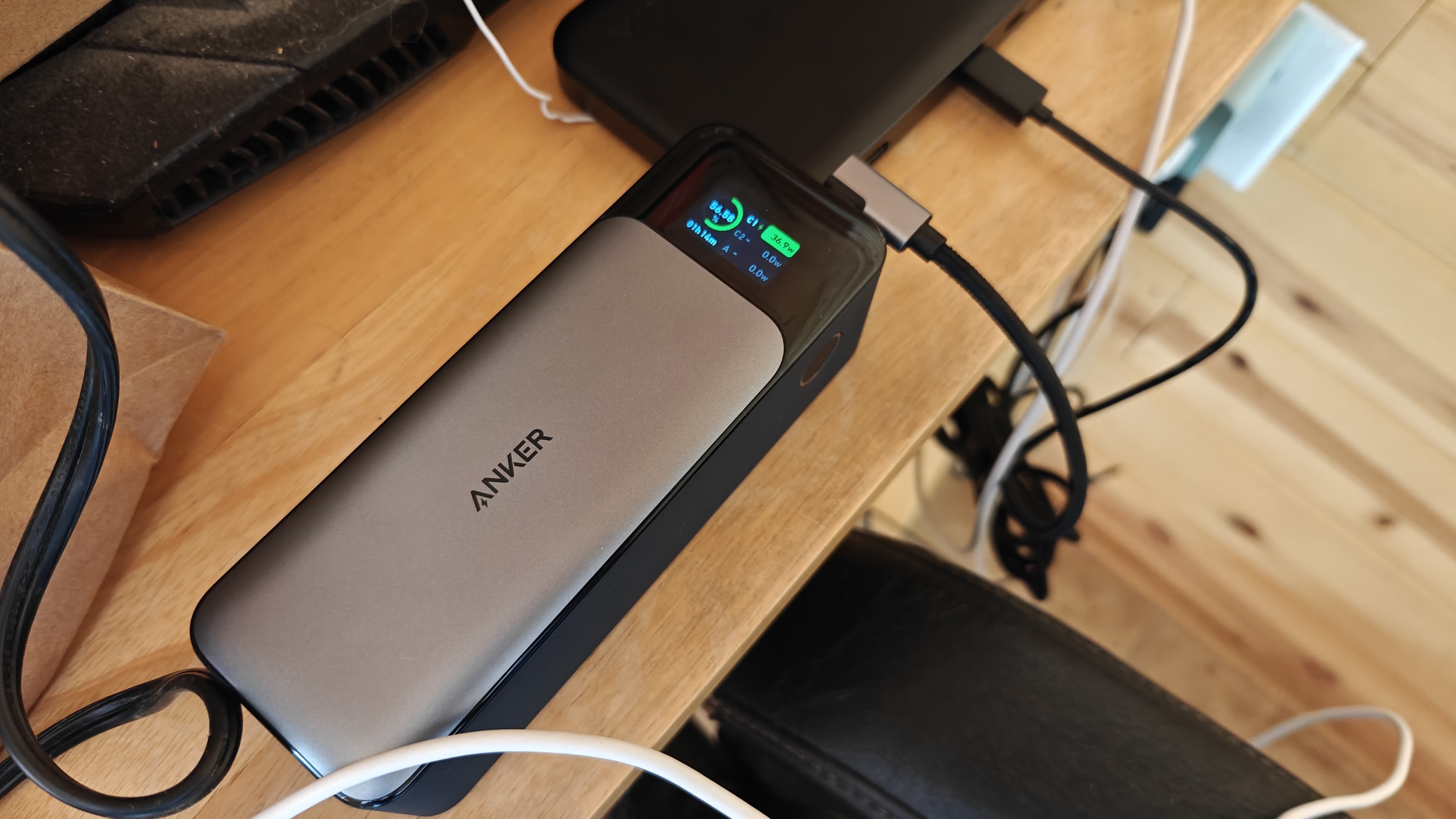
That stated, OPPO has licensed the know-how to third-party distributors like Anker, and the charging model is delivering SuperVOOC 65W on choose energy banks and chargers, together with the Prime 27,650mAh energy financial institution that goes as much as 250W. This can be a big deal, because it permits you to get all the benefits of the charging tech on the go.
A further factor to say right here is that whilst you get 100W charging in most areas, OnePlus limits the chargers to 80W in North America. This has to do with voltages once more, so if you happen to’re utilizing the OnePlus 12 within the area, you will solely be capable of use 80W. In real-world use, which means the machine will take roughly eight extra minutes to cost.
A key replace launched in 2022 is the flexibility to extend battery longevity. Even with SuperVOOC 100W, OPPO is guaranteeing 1600 cost cycles earlier than battery degradation, and that is an enormous achievement. Additionally, the very best half about utilizing the SuperVOOC 100W charger is that it doubles as a USB PD charger as nicely, going as much as 65W. So when you have different units that leverage PD, you possibly can cost these simply.
What’s AIRVOOC 50?
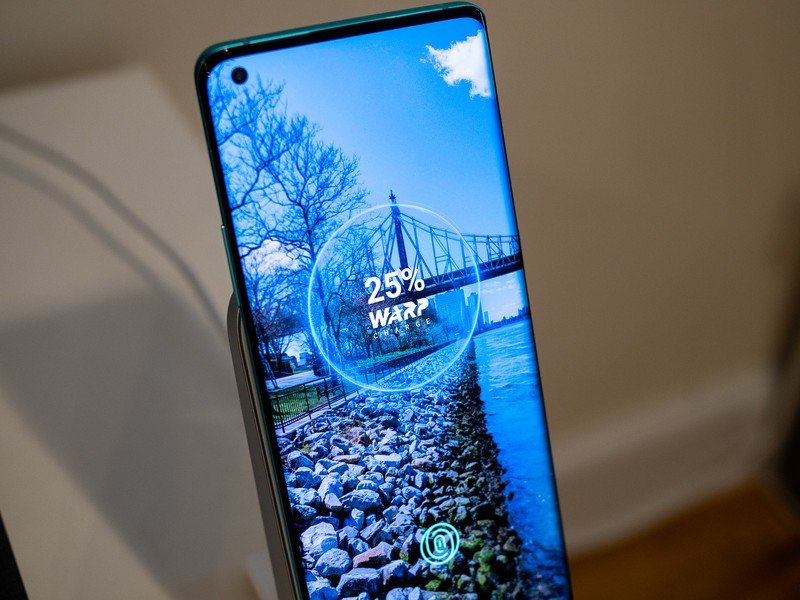
The OnePlus 8 Professional grew to become the primary machine from the producer (globally) to supply wi-fi charging, and in ordinary OnePlus vogue the corporate outfitted the cellphone with 30W wi-fi charging. AIRVOOC 30 — additionally referred to as dubbed Warp Cost 30 Wi-fi on OnePlus units — might ship as much as a 50% cost in simply half-hour, permitting it to turn into a standout possibility within the wi-fi charging section.
To ship sustained 30W wi-fi charging, OnePlus used two cost pumps and intelligent charging tech. The charger coil itself sends 20V at 1.5A (netting 30W) to the primary cost pump, which then halves the voltage to 10W whereas boosting the amperage to 3A (as soon as once more creating 30W). The second cost pump halves the voltage but once more to 5V, with the amperage doubled to 6A. That 5V at 6A cost results in 30W, and it is this cost that is despatched to the charging coil on the again of the cellphone.
OPPO is utilizing this system as a result of there isn’t any technique to safely ship a 6A cost instantly from the induction coil on the wi-fi charger to the one on the cellphone. That will create a whole lot of warmth and inevitably burn issues down, so it is as a substitute counting on two cost pumps. The know-how may be very fascinating, and it continues to be top-of-the-line wi-fi charging options round.
With the OnePlus 9 sequence, OnePlus launched 50W wi-fi charging, and that is nonetheless the identical tech that is used within the Discover X7 Extremely and the greatest OnePlus telephones. It’s referred to as AIRVOOC 50, and the tech is ready to cost a tool in beneath 45 minutes, however you will want to make use of the devoted wi-fi charger, and that is not accessible in most markets.
OPPO continues to paved the way with its charging tech, and SuperVOOC 100W permits you to simply cost your cellphone in beneath half-hour — and achieve this safely. With the Discover X8 and OnePlus 13 set to launch quickly, it’s fascinating to see how the charging tech will evolve within the coming years.
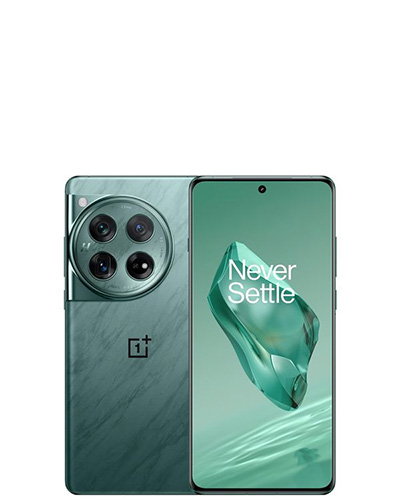
The OnePlus 12 continues to be top-of-the-line telephones you should buy right this moment. It has a stunning design, among the greatest {hardware} accessible right this moment, and Hasselblad-tuned cameras which can be actually excellent.